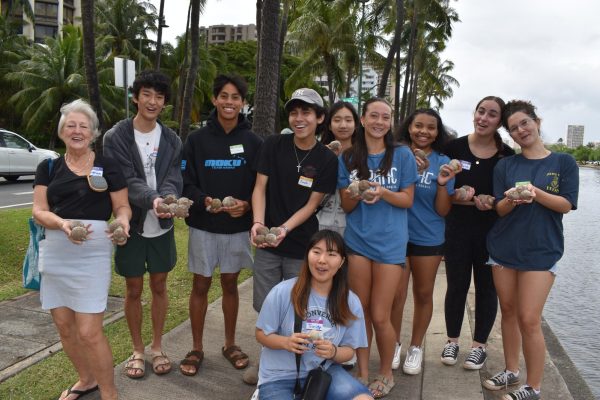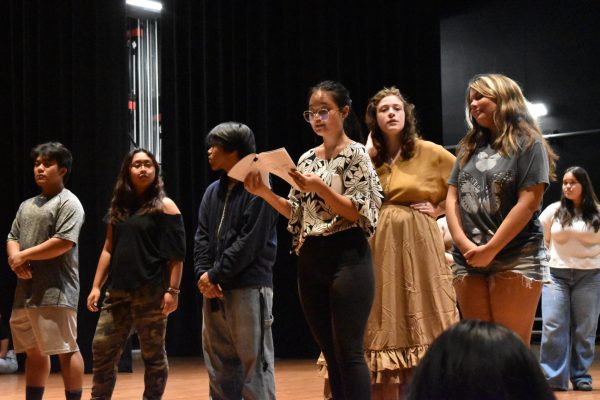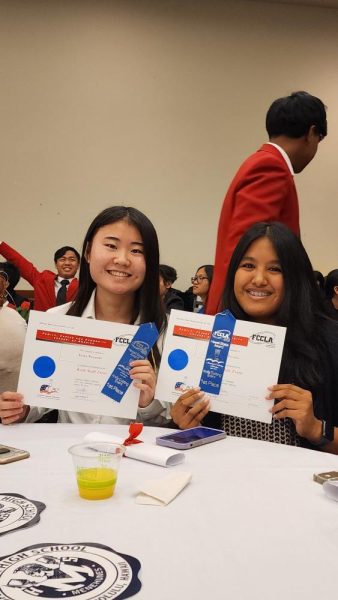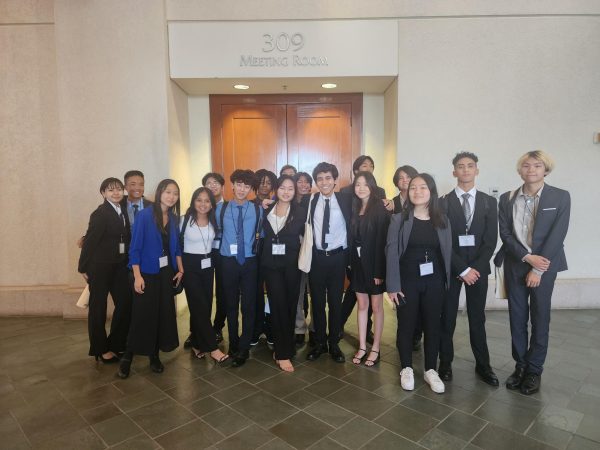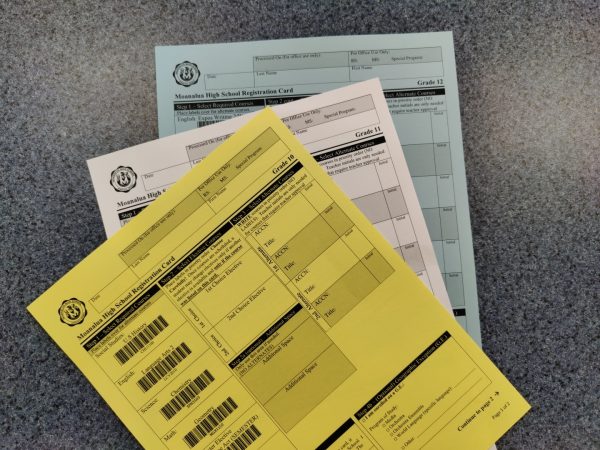A Guide to Biden’s Inauguration
January 20, 2021
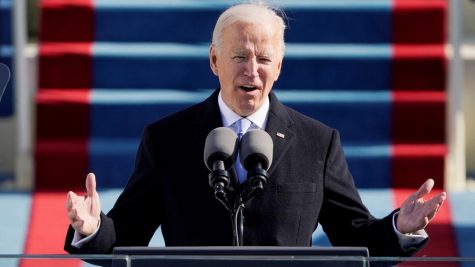
The cold wind and small snow flurries did not take away from the history that unfolded at the US Capitol building in Washington, D.C. today as Joe Biden and Kamala Harris were sworn in as the 46th president and vice president of the United States.
Supreme Court Chief Justice John Roberts and Associate Justice Sonya Sotomayor had the task of administering the oaths of office to Biden and Harris, respectively, on the steps of the building that just two weeks prior saw a surge of extremists storm the chambers of Congress in an effort to overturn the results of the November election.
Biden, whose campaign was about the “Battle for the soul of the nation,” called for unity and praised the strength of democracy in his inaugural address to the invitation-only audience.
“We must end this uncivil war that pits red against blue, rural versus urban, conservative versus liberal,” he said. “Our task as leaders is to bind this nation’s wounds and dedicate ourselves to the values that all Americans share together.”
Historic Meaning
Harris broke the ultimate glass ceiling by becoming the first female, first African-American, and first Southeast Asian to rise to the country’s second highest office. She was one of California’s two democratic senators when she ran for vice president.
After the ceremony, she tweeted that she was “ready to serve” the country.
Instead of the normal 200,000 guests, the National Mall was filled with 200,000 American flags to represent the 400,000 lives lost to COVID-19. Only members of Congress, governors, and their guests – totaling nearly 1,000 people – were present.
Twelve-foot high fencing topped with razor wire surrounded the Capitol. More than 25,000 National Guard troops were called in as a preventative measure, as organizers feared a repeat of violent protests at the ceremony similar to the January 6 uprising.
All celebratory events were cancelled: luncheons, balls, and the parade down Pennsylvania Avenue to the White House. Instead, a virtual parade was made that included events from across the country.
Performances
After the Invocation at the beginning of the ceremony, Andrea Hall, a Fire Captain from Georgia, led the Pledge of Allegiance at the inauguration. Along with leading the Pledge of Allegiance verbally, she simultaneously led it in sign language.
Lady Gaga was the first musical performance, singing the national anthem, “The Star-Spangled Banner.” Once Lady Gaga concluded her performance, there was a poetry reading of a poem called “The Hill We Climb” by Amanda Gorman.
Then Jennifer Lopez sang a medley of “This Land is Your Land,” “America the Beautiful,” and a bit from her song “Let’s Get Loud,” that featured a line in Spanish. Garth Brooks also gave a musical performance, in which he sang “Amazing Grace.”
Amanda Gorman became the youngest inaugural poet and the first-ever National Youth Poet Laureate. At the inauguration she read her poem “The Hill We Climb.”
“[I aspire] to use my words to envision a way in which our country can still come together and can still heal,” Gorman told The New York Times.
“The Hill We Climb” is about America uniting for our futures. In it Gorman says, “We close the divide because we know to put our future first, we must first put our differences aside. We lay down our arms so we can reach out our arms to one another, we seek harm to none and harmony for all.”
It is also about the past, what we’ve learned, and the adversities we’ve faced to reach this point. Gorman’s poem reminded us, “We’ve braved the belly of the beast, we’ve learned that quiet isn’t always peace and the norms and notions of what just is, isn’t always justice.”
Executive Orders
After the inauguration Biden went straight to work signing three executive orders in front of the press. According to CBS News, the three executive orders were a “mask mandate for federal properties, increasing support for underserved communities and rejoining the Paris Climate Accord.” Throughout the upcoming weeks Biden plans to sign an additional 15 executive orders. Some of the executive orders are:
- A 100- day nationwide face mask and social distancing on federal properties.
- Grant citizenship for undocumented young people brought to the U.S as a child.
- Strengthen protection against workplace discrimination based on sexual orientation and gender idenity.
- Ending restrictions from traveling and immigrating to countries such as Syria, Iran, Iraq, Sudan and Liby.
The executive actions will change the U.S. response to COVID-19, help American citizens with financial challenges and undo Trump’s actions.
The JCCIC (The Joint Congressional Committee on Inaugural Ceremonies) planned the ceremony using both federal funds and private donations.
The inauguration marked the beginning of a new administration and it’s plan to reinforce Biden’s presidential campaign slogan to “Build Back Better.”






